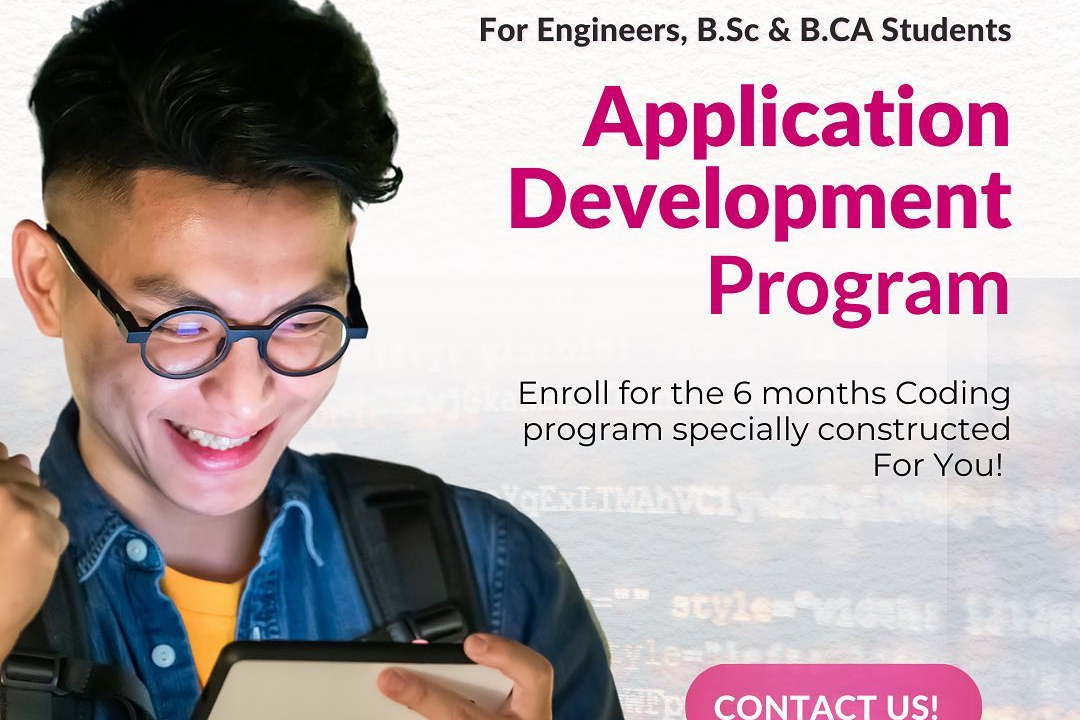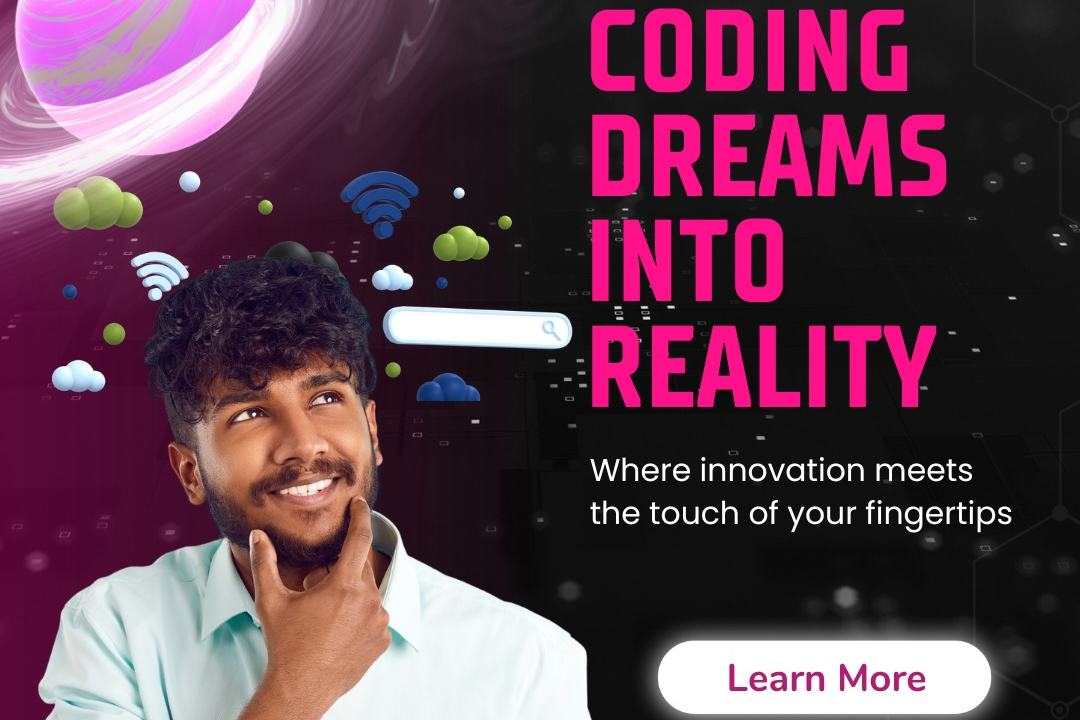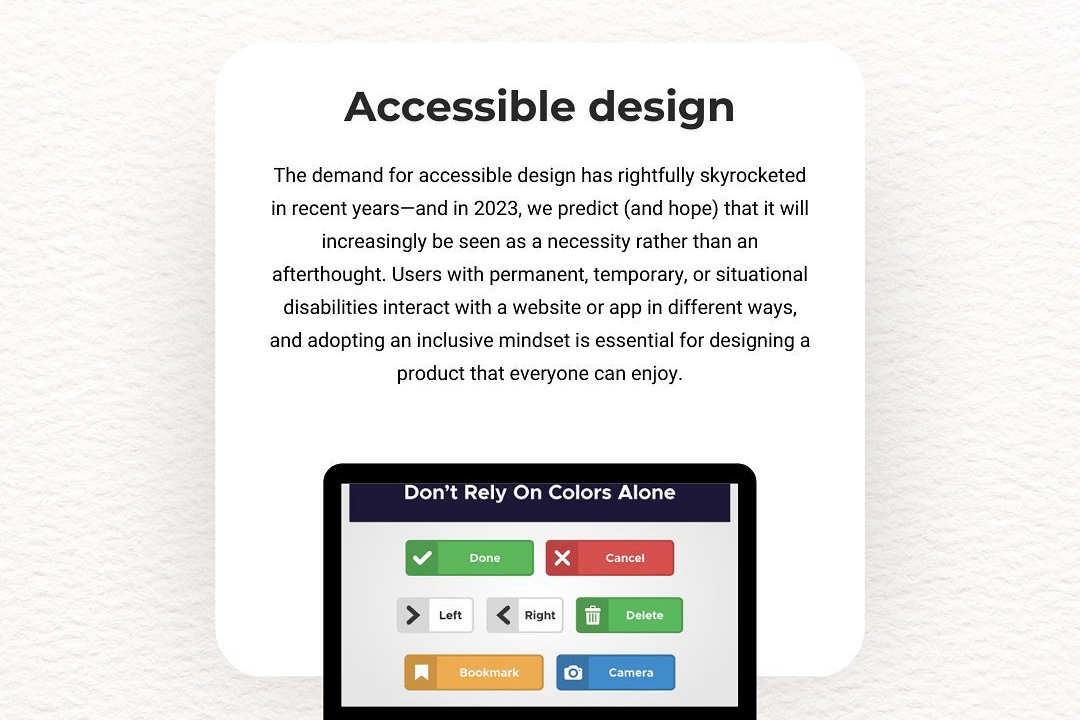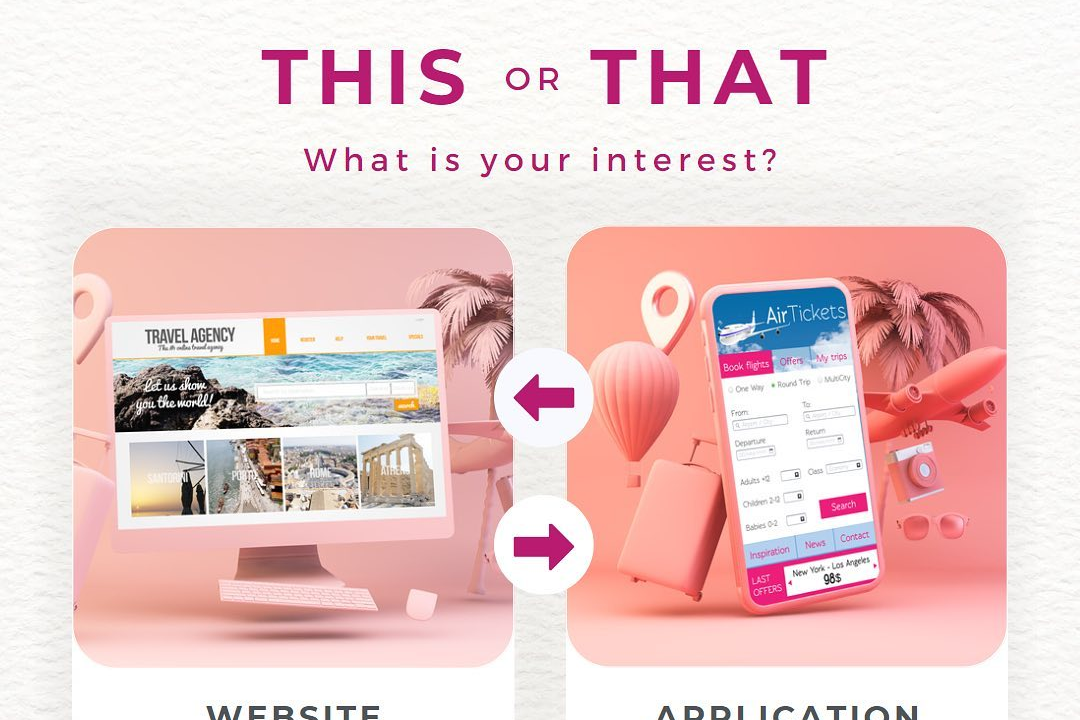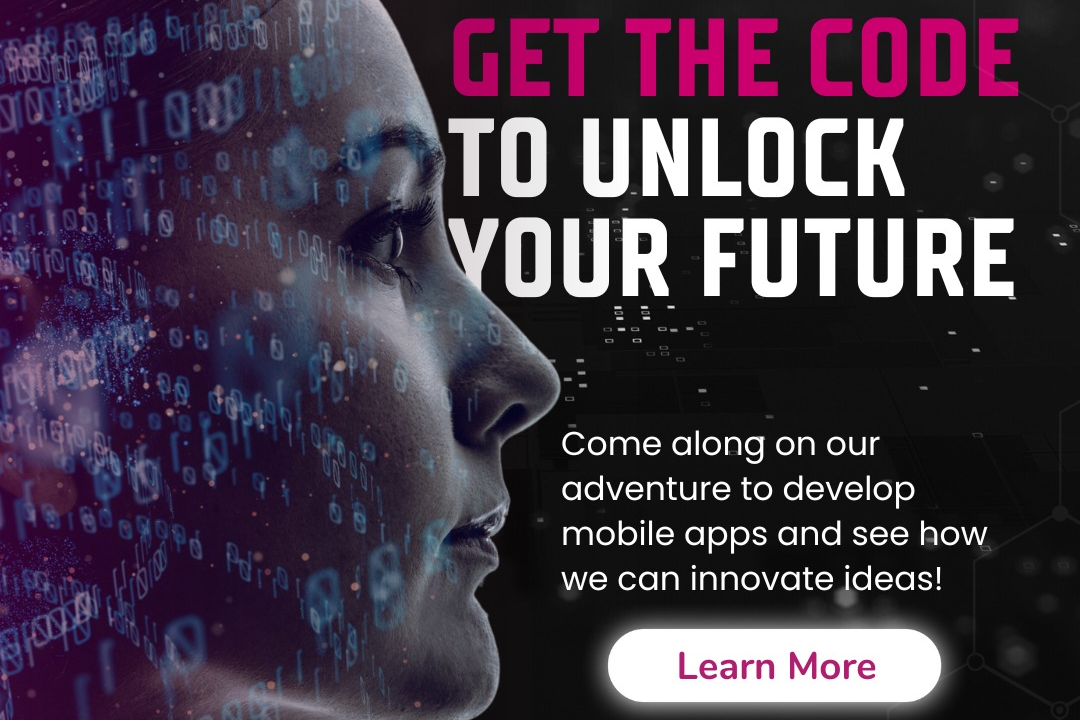iOS User Experience Testing Methodologies
Enhancing iOS User Experience: Effective Testing Methodologies
iOS User Experience Testing Methodologies
iOS user experience testing methodologies encompass a range of techniques aimed at assessing how users interact with an application and ensuring it meets their needs effectively. Common methodologies include usability testing, where real users perform tasks within the app while observers note difficulties and gather feedback; A/B testing, which compares two versions of a feature to determine which performs better; and heuristic evaluations, where experts review the app against established usability principles. Additionally, analytics tools track user behavior quantitatively, providing insight into how features are used. Surveys and interviews gather qualitative feedback, while beta testing with a select group of users helps identify issues before a wider release. Together, these methodologies aim to create a streamlined, intuitive, and satisfying user experience on iOS devices.
To Download Our Brochure: https://www.justacademy.co/download-brochure-for-free
Message us for more information: +91 9987184296
1 - Usability Testing: This involves observing real users as they interact with an app to identify any usability issues. It can be done in a lab setting or remotely.
2) A/B Testing: Also known as split testing, this method compares two versions of an app to determine which one performs better regarding user engagement or completion of tasks.
3) Surveys and Questionnaires: After using the application, users can be asked to fill out surveys to gather quantitative data about their experience, preferences, and satisfaction.
4) Focus Groups: Bringing together a small group of users to discuss their experiences and perceptions of the app can provide qualitative insights that are rich in detail.
5) Heuristic Evaluation: Experts review the app against established usability principles (heuristics) to identify potential usability problems.
6) Accessibility Testing: Ensuring that the app is usable for people with disabilities by testing its features with assistive technologies (like VoiceOver) and ensuring compliance with accessibility standards.
7) Cognitive Walkthroughs: Evaluators simulate a user’s problem solving process at each step of using the app to uncover potential difficulties and confusing interfaces.
8) Remote Usability Testing: Participants test the app in their own environments using screen sharing software, which allows researchers to observe user behavior without physical presence.
9) Card Sorting: Users organize content from the app into categories that make sense to them, helping to design a user friendly navigation structure.
10) Tree Testing: A method to evaluate the structure of a site by asking users to find items on a simplified text version of the navigation hierarchy without the visual design.
11) Performance Metrics Evaluation: Assessing key performance indicators (KPIs) like load times, response times, and crash rates to gauge the overall user experience quality.
12) Session Recording: Utilizing tools to record user interactions within the app allows teams to analyze real time user behavior to identify areas of improvement.
13) Heatmaps: Visual representations showing where users tap, scroll, and click most on the app can help in understanding user engagement and interactions.
14) Diary Studies: Participants track their usage of the application over time, providing insights into user behavior and long term engagement with the app.
15) Analytics Review: Using analytics tools to review user data can provide insights into user behavior patterns, determining how users navigate the app and where they drop off.
16) User Journey Mapping: Visualizing the user’s complete experience with the app from start to finish helps identify pain points and opportunities for improvement.
17) Shadowing: Observers follow users as they interact with the app in their natural environment, taking notes on how they use it and what challenges they face.
18) Contextual Inquiry: Gathering data through direct observation and interviews in a real world context to understand how users interact with the app in their environment.
19) Expert Reviews: Engaging UX professionals to analyze features and flow can be useful for identifying design flaws that may not be obvious to users.
Each of these methodologies can provide valuable insights into the user experience of an iOS app, which can be crucial for students to learn about as they work towards creating user centered designs.
Browse our course links : https://www.justacademy.co/all-courses
To Join our FREE DEMO Session: Click Here
Contact Us for more info:
- Message us on Whatsapp: +91 9987184296
- Email id: info@justacademy.co
Core Java Interview Questions for 6 Years Experience 2024

